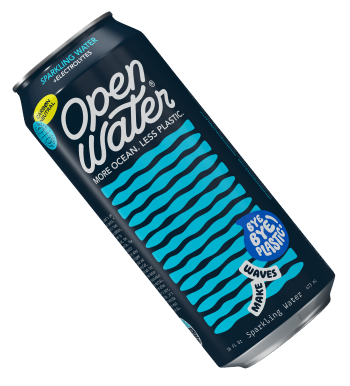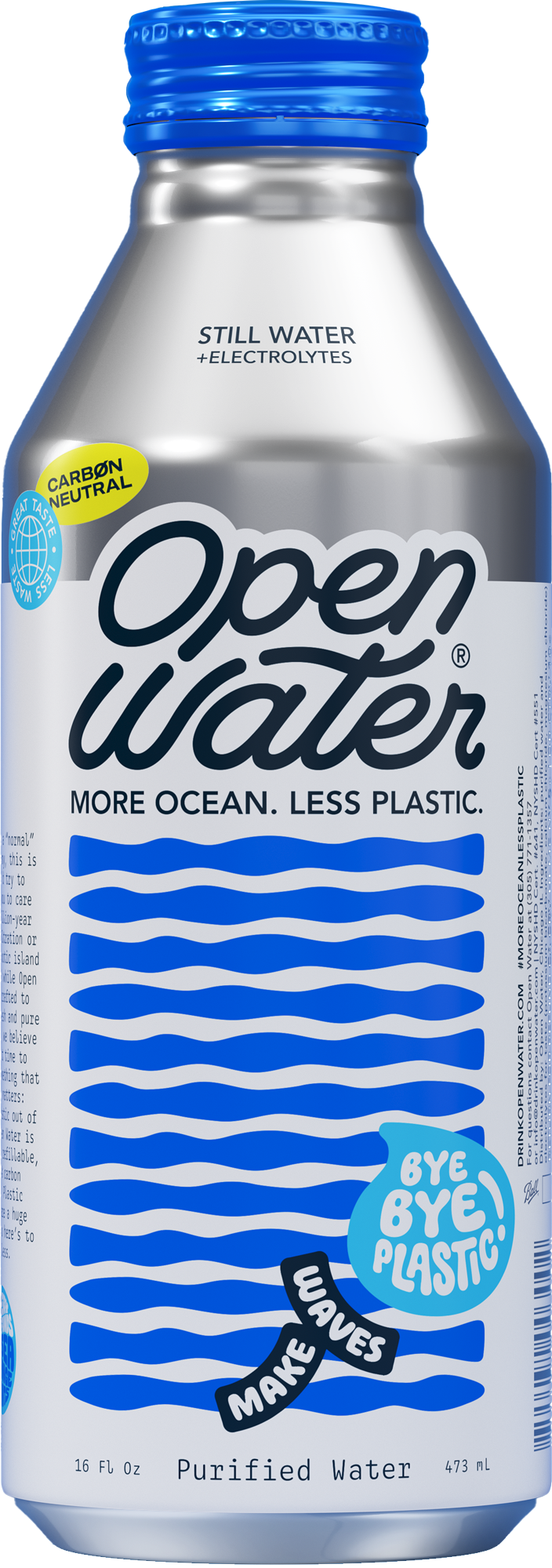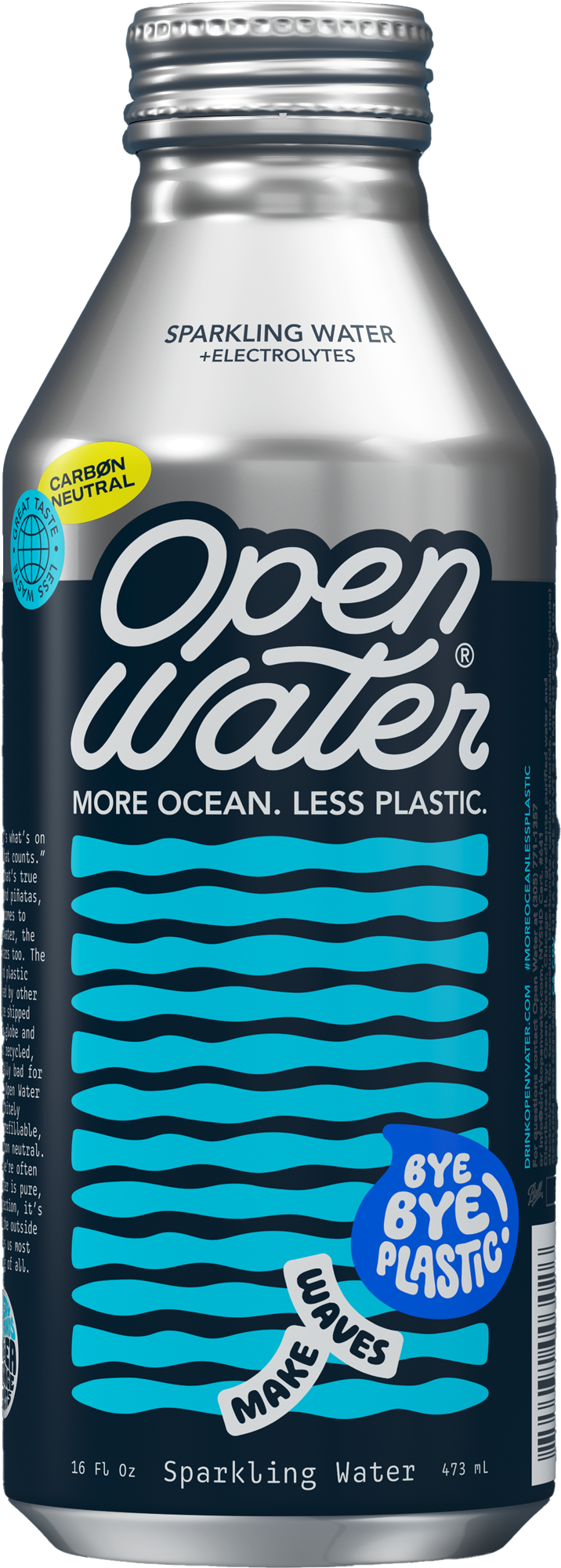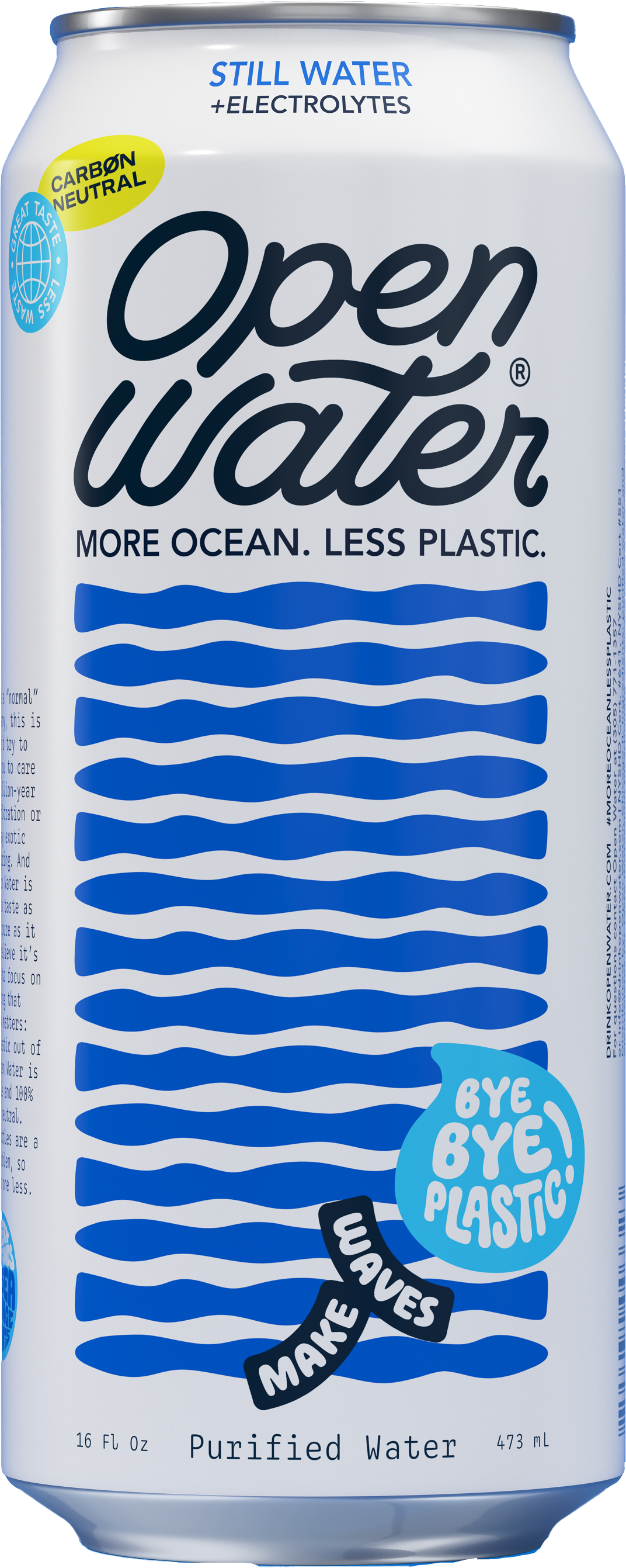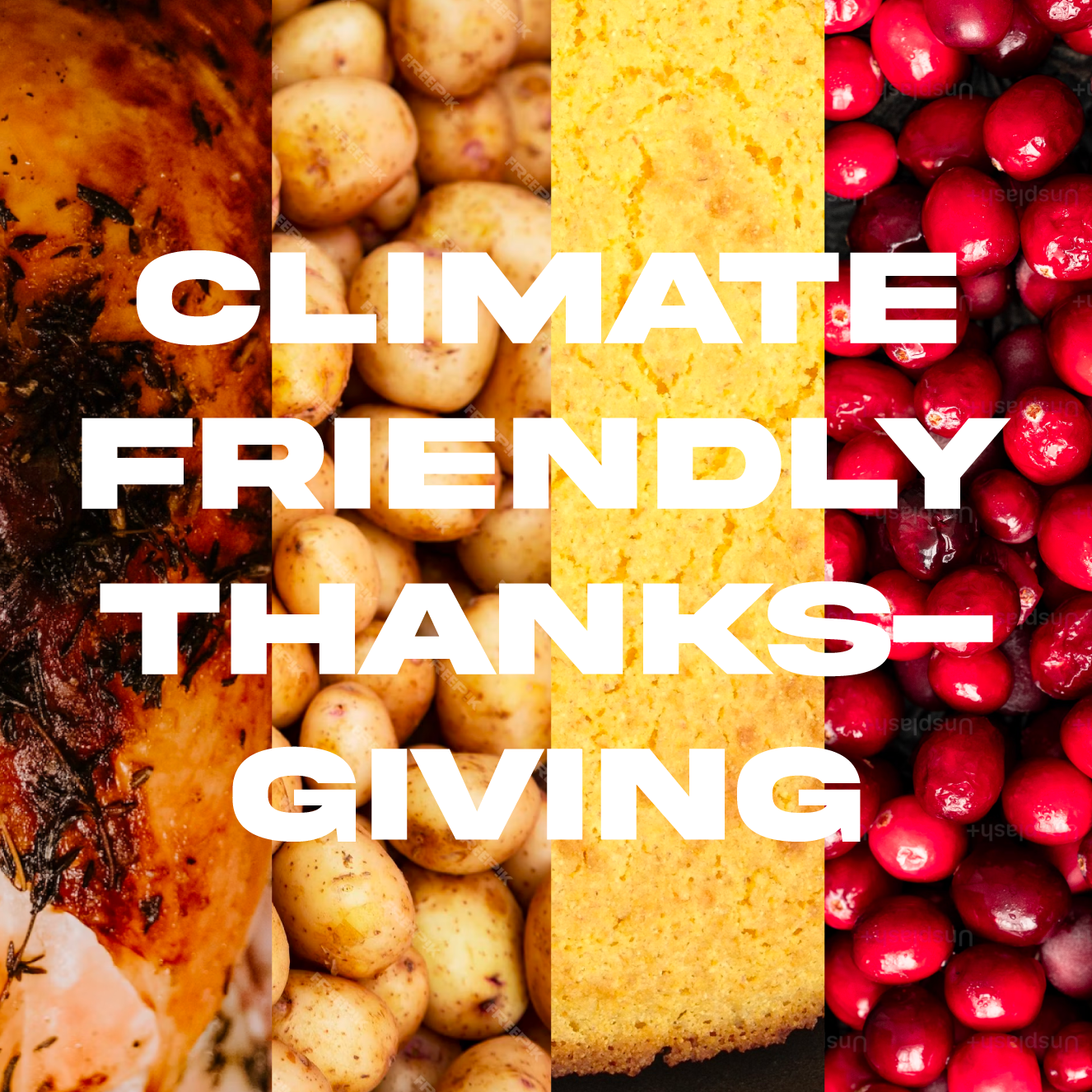You can gorge without guilt because Thanksgiving foods are actually pretty climate-friendly.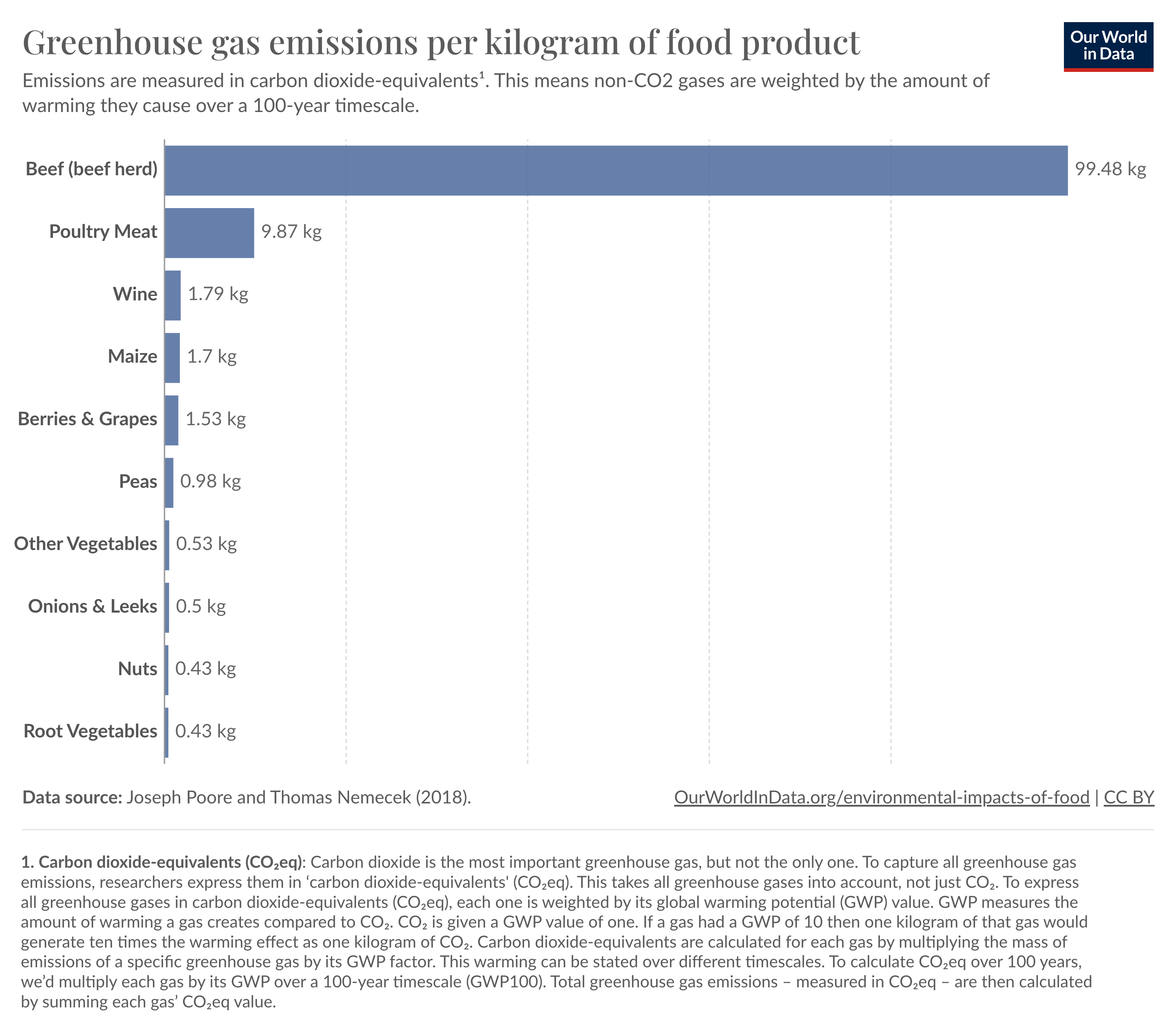
Suuure, holidays are a time to throw care to the wind and forgo (calorie and) emissisons counting, BUT you'll be happy to know that traditional Thanksgiving foods aren't half bad when it comes to their environmental impact.
1. Proteins - Turkey:
A pretty light-footprint main course. Poultry has significantly lower greenhouse gas emissions compared to other meats. In fact, poultry has 85% fewer greenhouse gas emissions on a per calorie basis compared to beef.1 Though, if you're feeling adventurous, consider venison/game meat as an even more eco-friendly alternative (more on venison here).
2. Appetizers - Oysters:
For appetizers, we’re talking about oysters—our truly mighty little filter feeders. Did you know that one oyster can filter about 50 gallons of water per day?2 These sustainability superstars not only taste delicious but also have a light climate impact, leaving the environment better than they found it.
3. Sides - Cranberry Sauce:
This one can be polarizing—you love it, or you hate it. Whether you cranberry fresh, or you cranberry canned, cranberries have a pretty moderate climate impact, making them a better choice than high-impact produce. A bonus: often, cranberries are grown in bogs/land that is unusable for supporting growth of any other crops.3
4. Sides - Potatoes:
Whether you like them mashed, scalloped, baked, twice-baked, fried, roasted (the list goes on!), there’s no wrong answer and no doubt where the power potato and other root vegetables stack when it comes to greenhouse gas emissions. Coming in at about 1/5th the emissions of poultry, maybe that extra scoop of mashed potatoes is justified!1
5. Dessert - Pies:
Let’s talk pies! Calling all pecan, pumpkin, or apple pie lovers. We love fruit from trees for a few reasons. They tend to have a lower impact due to not needing to be replanted every year. Did you know that a single apple tree can grow around 200-300 apples?4 That’s a whole lot of pies. Anyone hungry yet?
Okay though, let’s get real for a minute. Out of everything we’ve mentioned the biggest climate villain is food waste. The USDA estimates that between 30-40% of all food goes to waste every year. That equates to nearly 120 billion pounds!5 What’s the lesson? Give your guests some leftovers, make turkey and stuffing sandwiches for the next week, and make use of your freezer for anything that can’t be consumed shortly after the holiday.
Happy Thanksgiving! 🍁🌱
Sources:
1. https://ourworldindata.org/grapher/ghg-kcal-poore
2. https://www.cleaneatingmag.com/clean-living/greener-you/oysters-a-sustainability-superstar/?scope=anon
3. https://www.greenbiz.com/article/how-ocean-spray-cranberries-became-americas-100-percent-sustainable-crop
4. https://district.schoolnutritionandfitness.com/hesperiausd/files/Activities%20-%208%20Apple%20Fun%20Facts%20(Peterson%20Farms).pdf
5. https://www.usda.gov/foodwaste/faqs

